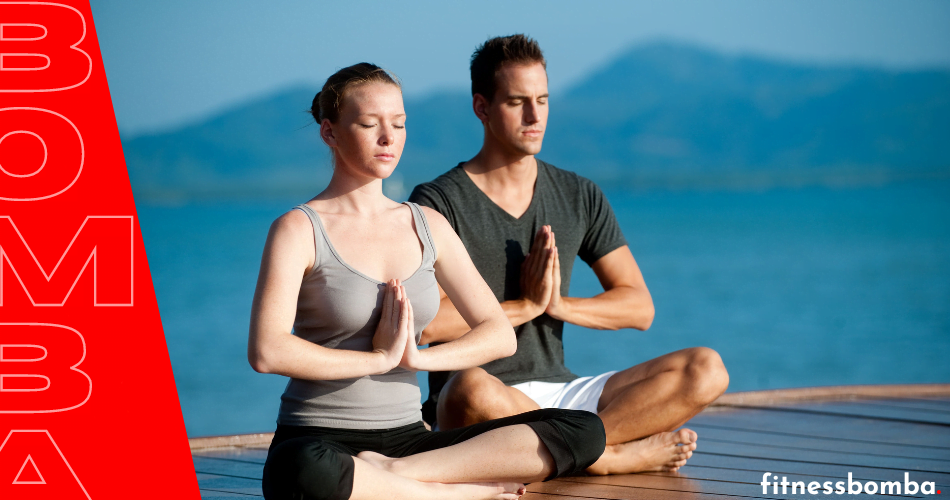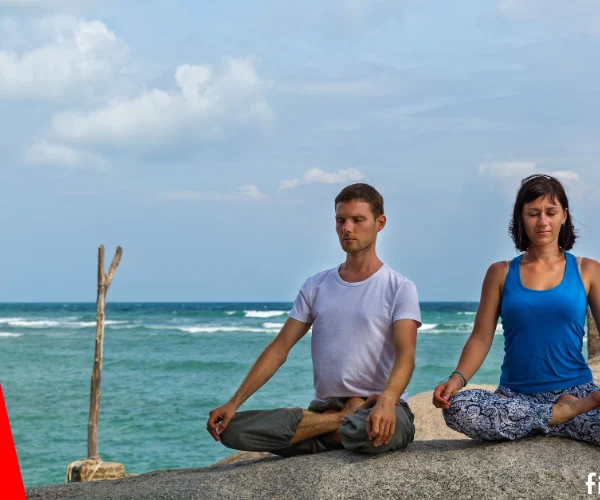Anxiety is a widespread issue that affects millions of people worldwide. While traditional treatments like therapy and medication can be effective, many individuals are seeking more natural and holistic approaches to manage their anxiety. One such approach is the practice of yoga breathing exercises, also known as pranayama. This article will explore five powerful yoga breathing exercises that can help calm anxiety and restore a sense of balance and control. These techniques, such as Nadi Shodhana (Alternate Nostril Breathing) and Bhramari (Humming Bee Breath), have been used for centuries in the yogic tradition to promote relaxation, reduce stress, and improve overall well-being.
Table of Contents
Key Takeaways
- Yoga breathing exercises can be an effective natural approach to managing anxiety.
- Techniques like Nadi Shodhana and Bhramari have been used for centuries to promote relaxation and reduce stress.
- Incorporating these practices into a daily routine can help calm the mind and restore a sense of balance.
- Consistency and patience are key when practicing yoga breathing exercises for anxiety relief.
- Exploring advanced techniques like guided meditation and breathing exercises with mantras can further enhance the benefits.
What is Anxiety and How Can Yoga Breathing Help?
Anxiety is a mental health condition characterized by persistent feelings of worry, fear, and apprehension. It can manifest physically through symptoms like rapid heartbeat, sweating, and muscle tension. Anxiety can have a significant impact on an individual’s quality of life, making it difficult to perform everyday tasks and enjoy activities.
Understanding Anxiety and Its Effects
Anxiety is a natural human response to perceived threats or stressful situations. When the body encounters a stressful event, it triggers the release of hormones like adrenaline and cortisol, which prepare the body for a “fight-or-flight” reaction. While this response can be helpful in certain situations, chronic or excessive anxiety can lead to a range of physical and psychological symptoms, including fatigue, irritability, difficulty concentrating, and even panic attacks.
The Benefits of Yoga Breathing for Anxiety Relief
One of the most effective ways to manage anxiety is through the practice of yoga breathing exercises, also known as pranayama. These ancient yogic techniques can help calm the mind, reduce physiological symptoms of anxiety, and restore a sense of balance and control. By focusing on slow, deep breathing patterns, individuals can activate the parasympathetic nervous system, which is responsible for the body’s “rest and digest” response, counteracting the effects of the “fight-or-flight” reaction.
The benefits of yoga breathing exercises for anxiety include reduced stress and tension, improved concentration and focus, and enhanced emotional regulation. Practices like Alternate Nostril Breathing (Nadi Shodhana) and Bhramari (Humming Bee Breath) have been shown to have a calming effect on the mind and body, making them valuable tools for managing anxiety.
3 yoga breathing exercises for anxiety
Incorporating yoga breathing exercises, or pranayama, into your daily routine can be a powerful way to alleviate anxiety and restore a sense of calm. These ancient yogic techniques harness the power of breath control to quiet the mind, reduce physiological symptoms, and promote overall well-being. Let’s explore five effective yoga breathing exercises that can help manage anxiety:
1. Abdominal Breathing (Diaphragmatic Breathing)
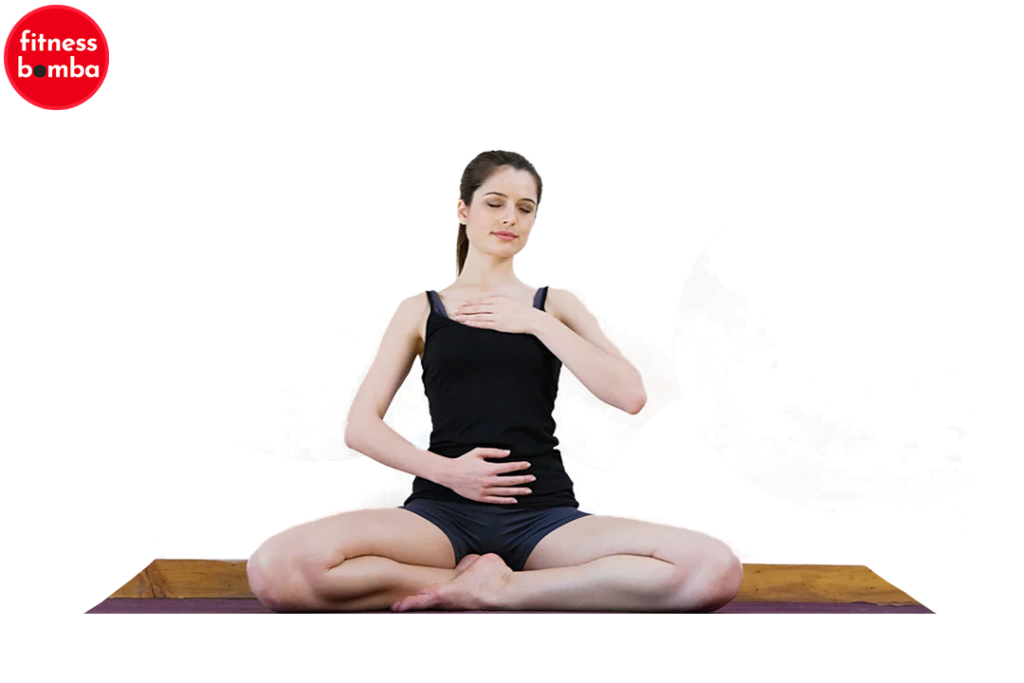
Abdominal breathing, also known as diaphragmatic breathing, is a fundamental yoga breathing exercise that can have a profoundly calming effect on the body and mind. To practice, sit or lie down in a comfortable position, and focus on inhaling deeply through your nose, allowing your belly to expand. Exhale slowly through your mouth, feeling your abdomen gently contract. Repeat this process for several minutes, letting the rhythm of your breath soothe your anxiety.
2. Alternate Nostril Breathing (Nadi Shodhana)
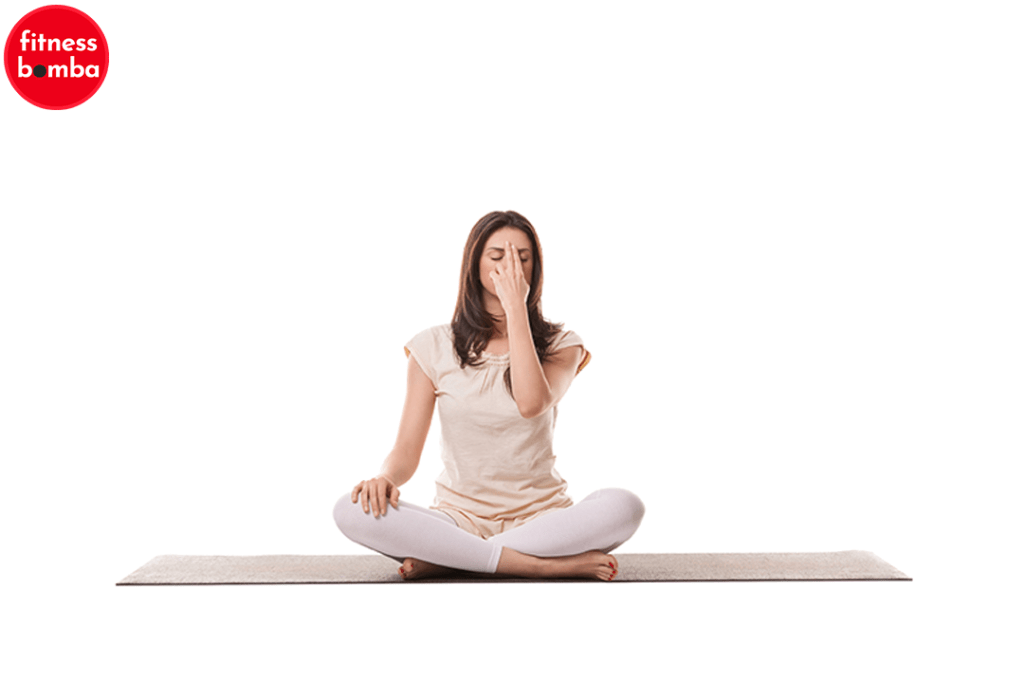
Nadi Shodhana, or alternate nostril breathing, is a balancing yoga breathing exercise that can help reduce stress and promote relaxation. To practice, sit in a comfortable position and use your right thumb to gently close your right nostril. Inhale through your left nostril, then close your left nostril with your right ring finger and exhale through your right nostril. Repeat this cycle, alternating between nostrils, for several minutes.
3. Breath Counting (Anuloma Viloma)
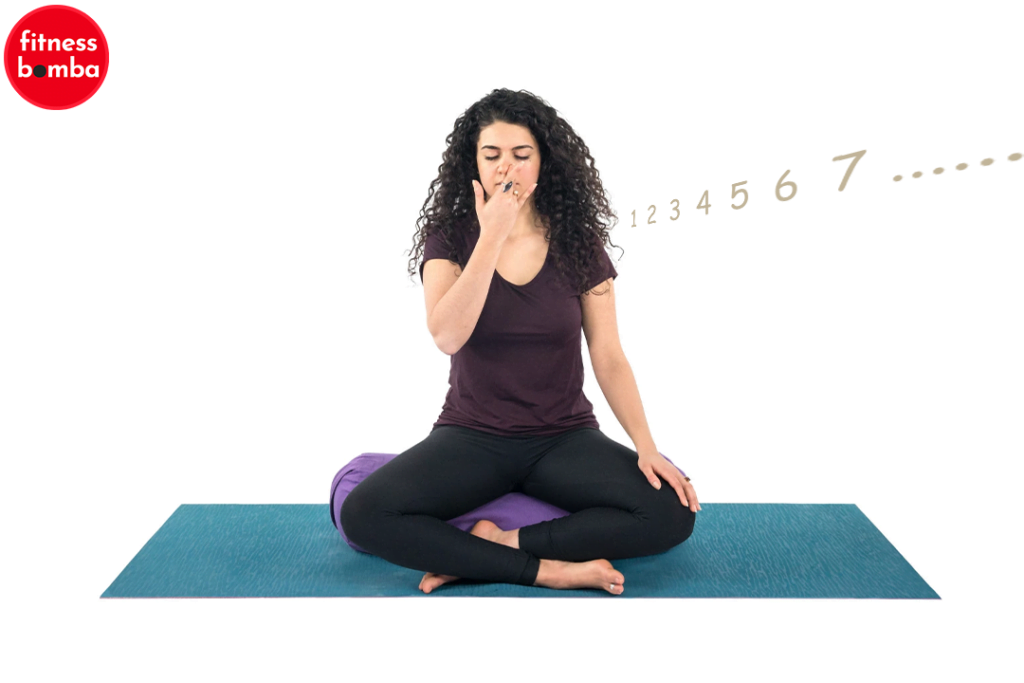
Breath counting, or Anuloma Viloma, is a simple yet effective yoga breathing exercise that can help calm the mind and reduce anxiety. To practice, sit in a comfortable position and begin by inhaling for a count of four, holding your breath for a count of four, and exhaling for a count of four. Repeat this pattern, gradually increasing the count as you become more comfortable with the exercise.
| Yoga Breathing Exercise | Description | Benefits for Anxiety |
|---|---|---|
| Abdominal Breathing (Diaphragmatic Breathing) | Focuses on deep, slow breathing using the diaphragm. | Calms the mind, reduces physiological symptoms of anxiety, and promotes relaxation. |
| Alternate Nostril Breathing (Nadi Shodhana) | Involves breathing through one nostril at a time, alternating between the left and right. | Balances the nervous system, reduces stress, and promotes a sense of calm. |
| Breath Counting (Anuloma Viloma) | Involves counting the duration of inhalation, breath retention, and exhalation. | Helps focus the mind, reduce mental chatter, and induce a state of relaxation. |
Incorporating Yoga Breathing into Your Daily Routine
To experience the full benefits of yoga breathing exercises for anxiety relief, it’s essential to incorporate these practices into your daily routine. Finding the right time and space to engage in breathing yoga exercises can help you make the most of these powerful techniques.
Finding the Right Time and Space
Identify a quiet, comfortable space where you can practice breathing exercises yoga without distractions. This could be a dedicated meditation area in your home, a peaceful corner of your office, or even a serene outdoor setting. By creating a dedicated space for your 3 yoga breathing exercises, you’ll be able to fully immerse yourself in the practice and reap the maximum benefits.
Building a Consistent Practice
Consistency is key when it comes to yoga breathing exercises for anxiety. Set aside a regular time each day, even if it’s just 10-15 minutes, to engage in basic breathing exercises yoga. Whether you choose to practice in the morning, during a midday break, or in the evening, the important thing is to make it a habit. This consistent best breathing yoga exercises routine will help you experience the cumulative benefits of yoga breathing exercises and develop a sense of calm and control over your anxiety.
Advanced Yoga Breathing Techniques for Anxiety Management
For individuals looking to deepen their practice and explore more advanced yoga breathing exercises, there are several techniques that can be particularly effective for managing anxiety. One such approach is guided meditation with breathing exercises. In this practice, an instructor or recorded audio guide leads you through a series of breathing patterns while also incorporating visualization and mindfulness techniques. This can help calm the mind, reduce mental chatter, and promote a profound sense of relaxation.
Guided Meditation with Breathing Exercises
During a guided meditation session, the instructor or recorded audio guide will lead you through a series of yoga breathing exercises while also incorporating elements of visualization and mindfulness. This combination can be highly effective in calming the mind and reducing the physiological symptoms of anxiety. As you focus on your breath and follow the guided instructions, you may find that your thoughts become less intrusive, and you experience a greater sense of inner peace and clarity.
Breathing Exercises with Mantras
Another advanced technique that can be beneficial for anxiety relief is the integration of breathing exercises with the recitation of mantras. Mantras are sacred, powerful words or phrases that can help focus the mind and induce a state of deep relaxation. By synchronizing your breath with the repetition of a mantra, you can tap into the meditative and calming properties of both practices. This can be a particularly effective approach for individuals who find their minds tend to wander during traditional breathing yoga exercises.
Incorporating these more advanced yoga breathing exercises into your routine can deepen your practice and provide even greater benefits for anxiety management. Whether you choose to explore guided meditation or the combination of breath and mantra, these techniques can help you cultivate a greater sense of inner calm and resilience in the face of anxiety.
Conclusion
In conclusion, the practice of yoga breathing exercises can be a highly effective and natural approach to managing anxiety. By incorporating techniques like Abdominal Breathing, Alternate Nostril Breathing, and Breath Counting into your daily routine, you can calm the mind, reduce physiological symptoms of anxiety, and restore a sense of balance and control.
As you continue to explore and incorporate these breathing yoga exercises, you may find that they not only alleviate your anxiety but also enhance your overall well-being and quality of life. Remember, the key is to be consistent and patient with your practice, as the benefits of yoga breathing exercises often become more pronounced over time.
With dedication and commitment, you can harness the power of these ancient breathing exercises yoga techniques to find the relief and resilience you need to navigate the challenges of anxiety. Whether you’re seeking to manage your 5 yoga breathing exercises for anxiety or explore the 3 yoga breathing exercises for anxiety, these basic breathing exercises yoga can provide the best breathing yoga exercises and the benefits of yoga breathing exercises you’ve been looking for.
FAQ
What are the benefits of yoga breathing exercises for anxiety?
Yoga breathing exercises, or pranayama, can help calm anxiety in several ways. They can reduce physiological symptoms like rapid heartbeat and muscle tension, promote relaxation by calming the mind, and restore a sense of balance and control. Regular practice of these techniques can enhance overall well-being and quality of life.
What are some basic yoga breathing exercises for anxiety?
Some of the most effective and beginner-friendly yoga breathing exercises for anxiety include Abdominal Breathing (Diaphragmatic Breathing), Alternate Nostril Breathing (Nadi Shodhana), and Breath Counting (Anuloma Viloma). These exercises focus on slowing and deepening the breath, which can have a profound calming effect on the mind and body.
How can I incorporate yoga breathing into my daily routine?
To get the most out of yoga breathing for anxiety relief, it’s important to establish a consistent practice. Find a quiet, comfortable space where you can practice without distractions, and aim to set aside a few minutes each day to engage in these exercises. Building a habit and being patient with your practice is key, as the benefits often become more pronounced over time.
Are there any advanced yoga breathing techniques for anxiety management?
Yes, there are several more advanced yoga breathing techniques that can be particularly helpful for managing anxiety. These include guided meditation with breathing exercises, as well as breathing exercises combined with mantras. These practices can help calm the mind, reduce mental chatter, and promote a deeper sense of relaxation and inner peace.
How do yoga breathing exercises compare to other anxiety management techniques?
Yoga breathing exercises offer a natural and holistic approach to managing anxiety, without the potential side effects of medications or the time commitment of traditional therapy. These practices can be done anywhere, at any time, and can be integrated into your daily routine with relative ease. While they may not replace other treatments, yoga breathing can be a highly effective complementary technique for individuals seeking to manage their anxiety through more natural means.
